Meighan Giesbrecht
Advisor: Eduardo Aquino
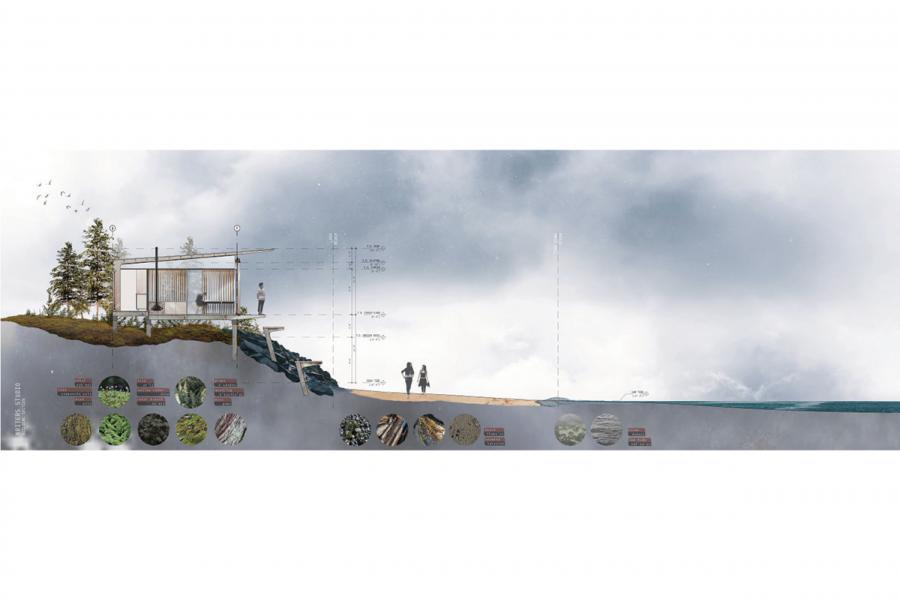
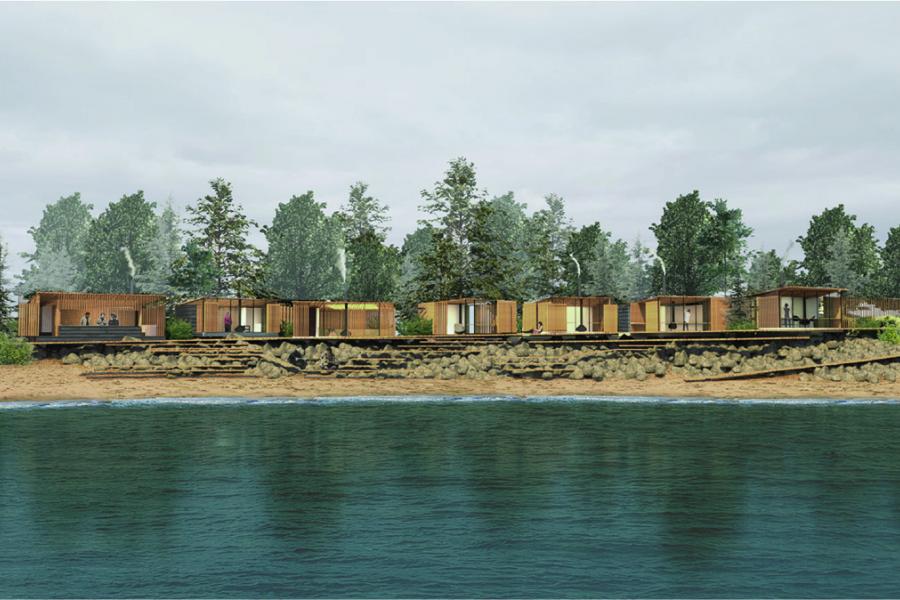
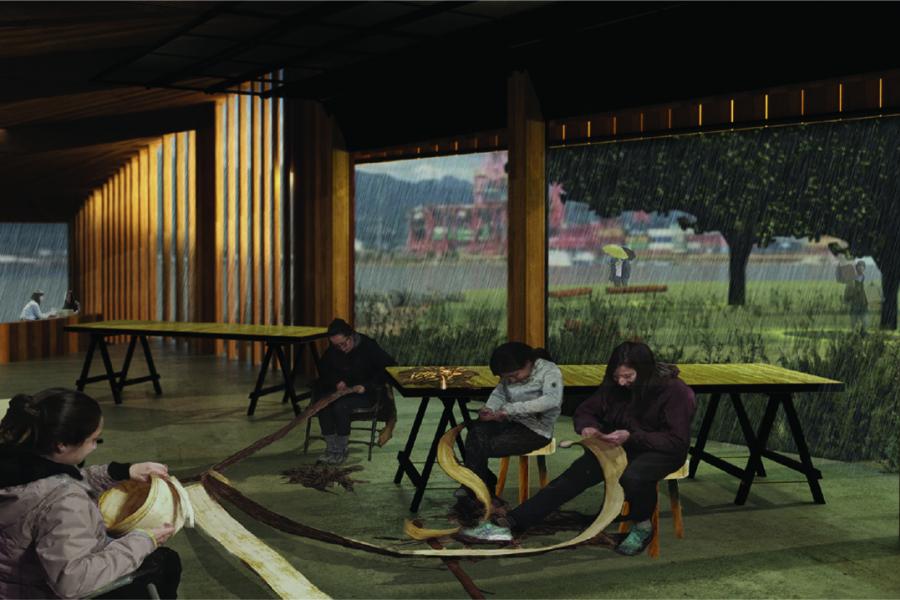
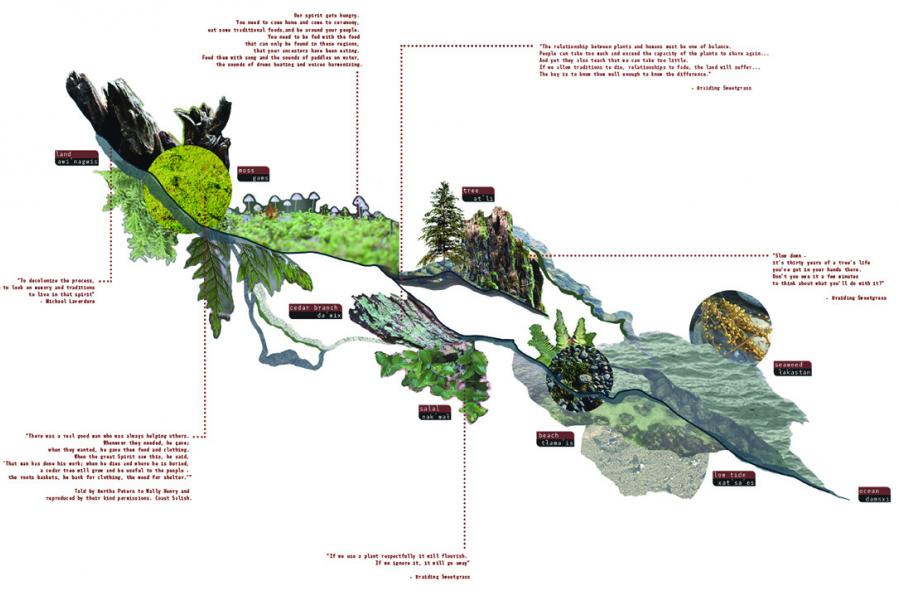
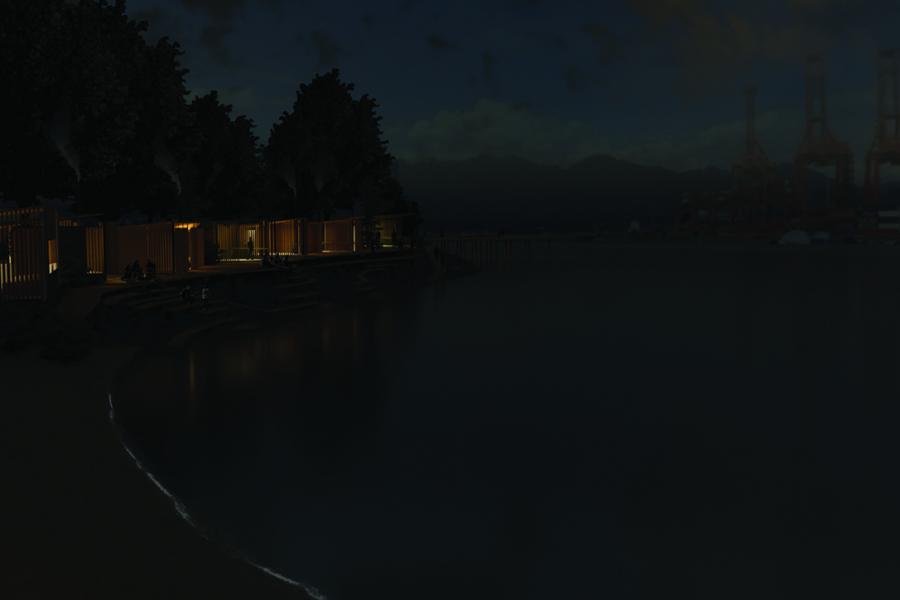
K’ap’iga’lit Kwa a las
Gathering Together - The Place We Are : Indigeneity in Public Space
In the city, the spaces between buildings play an essential role in the urban landscape, often becoming the places for shaping and experiencing the local identity. Jan Gehl believes that public spaces “in nearly all situations, rank as more essential and more relevant than buildings themselves”1 when shaping the identity of the urban environment. These spaces are often the setting for calling attention to larger social and political issues at hand within the city.
According to Statistics Canada, over half of the Indigenous population, and nearly two-thirds of the Métis population, live in metropolitan areas.2 Indigenous culture is rich; expressed through language, storytelling, and ceremony. However, a complicated and often painful relationship to a colonial past exists, one that continues to impact current generations; many within cities growing up disconnected from their language and culture. This thesis project will explore how the design of public spaces can become places of cultural expression for urban indigenous populations, and create shared spaces to celebrate, witness, and learn about indigenous cultures.
How public spaces are designed becomes the framework for how they are inhabited by the local population. I will explore the importance of narrative and storytelling within indigenous spaces, how it can be applied to architecture, and its essential role in the methodologies of my own research. Jo-ann Archibald Q’um Q’um Xiiem, an indigenous scholar, believes “stories are part of articulating our world, understanding our knowledge systems, naming our experiences, guiding our relationships, and most importantly, identifying ourselves”.3 I will observe the connections of storymaking4, land, language and their relationships to place-making. Alexa Scully explores the importance of place-making for cultural identity. She states that “places are the literal common ground. Exposing the ways to a different experience, … create[ing] rich dialogue and understanding across perspectives”.5 It is through a common experience, that the act of witnessing and healing can provide opportunities to celebrate, and amplify, indigenous voices in Canadian cities.
1Gehl, Jan, and Jo Koch. Life Between Buildings: Using Public Space. Washington, D.C.” Island Press, 2-11. Page 29.
2Statistics Canada. “Aboriginal Peoples in Canada: Key Results from the 2016 Census.” October 25, 2017. Accessed December 01, 2018. https://www150.statcan.gc.ca/n1/daily-quotidien/171025/dq171025a-eng.htm.
3Archibald, Jo-ann Q’um Q’um Xiiem. Decolonizing Research: Indigenous Storywork as Methodology. Page 5.
4Archibald, Jo-ann Q’um Q’um Xiiem. Decolonizing Research: Indigenous Storywork as Methodology. Zed Books Ltd, 2019. Page 1.
5Scully, Alexa. Decolonization, Reinhabitation and Reconciliation: Aboriginal and Place-Based Education. Canadian Journal of Environmental Education: Vol. 17. (2012): 152.
